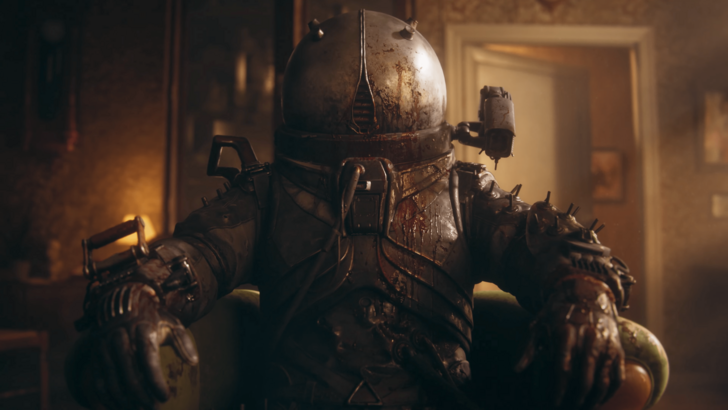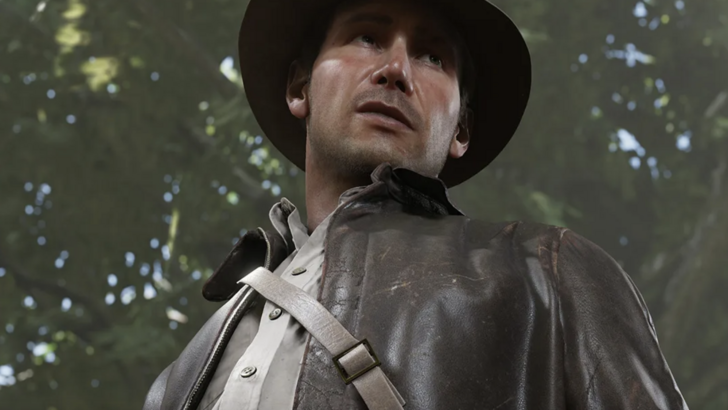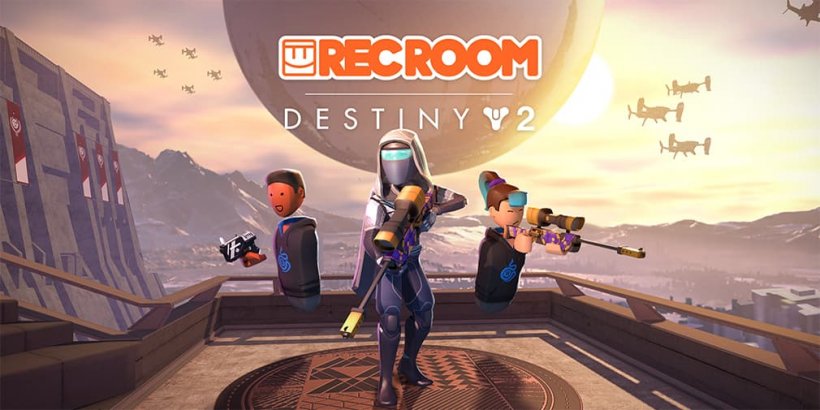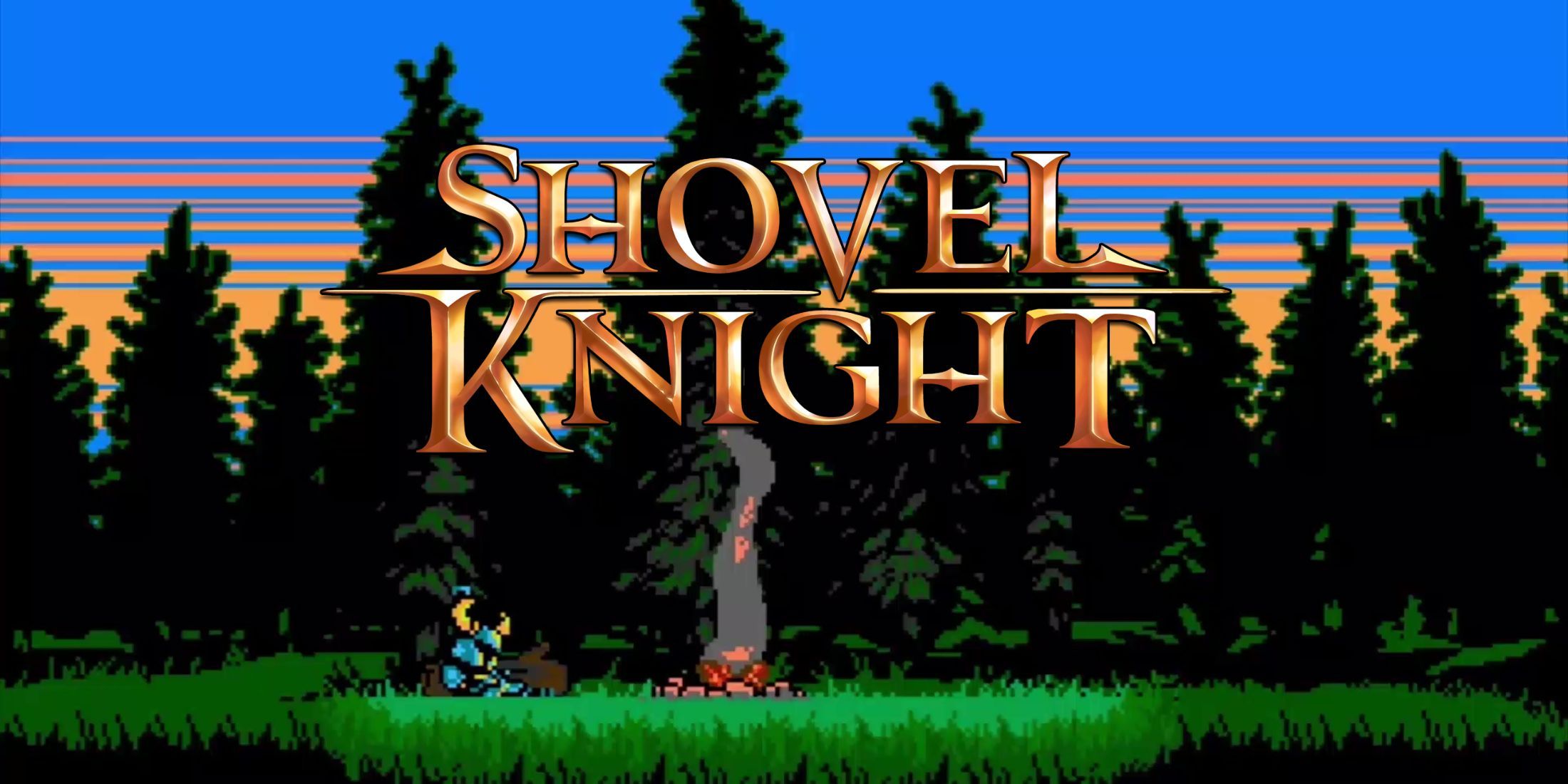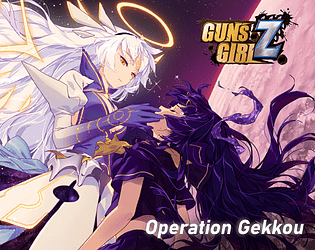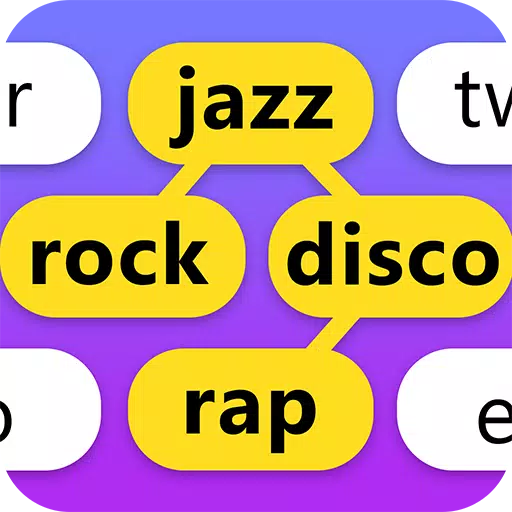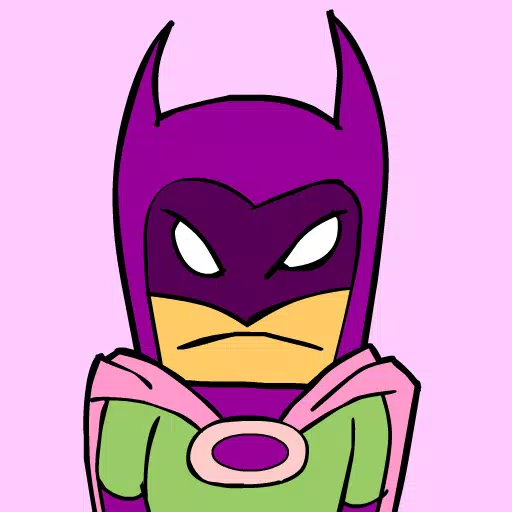With Monster Hunter Wilds setting new records on Steam and the Resident Evil series experiencing a resurgence in popularity thanks to Village and a series of stellar remakes, it seems Capcom is currently unstoppable. Yet, this wasn't always the case. Just a few years ago, after a series of commercial and critical flops, Capcom found itself struggling to maintain its footing and connect with its audience.
Capcom was grappling with an identity crisis. The Resident Evil series, which pioneered the survival horror genre, had drifted away from its roots following Resident Evil 4. Similarly, Street Fighter, another cornerstone franchise, was faltering after the disappointing reception of Street Fighter 5. These setbacks could have spelled the end for Capcom and its beloved games.
However, amidst these challenges, Capcom found a way to reinvent itself. By adopting a new approach to game development, bolstered by the powerful RE Engine, Capcom breathed new life into its iconic franchises. This strategic shift marked the beginning of a period of critical and financial success that propelled Capcom back into the gaming elite.
Resident Evil Lost Its Way
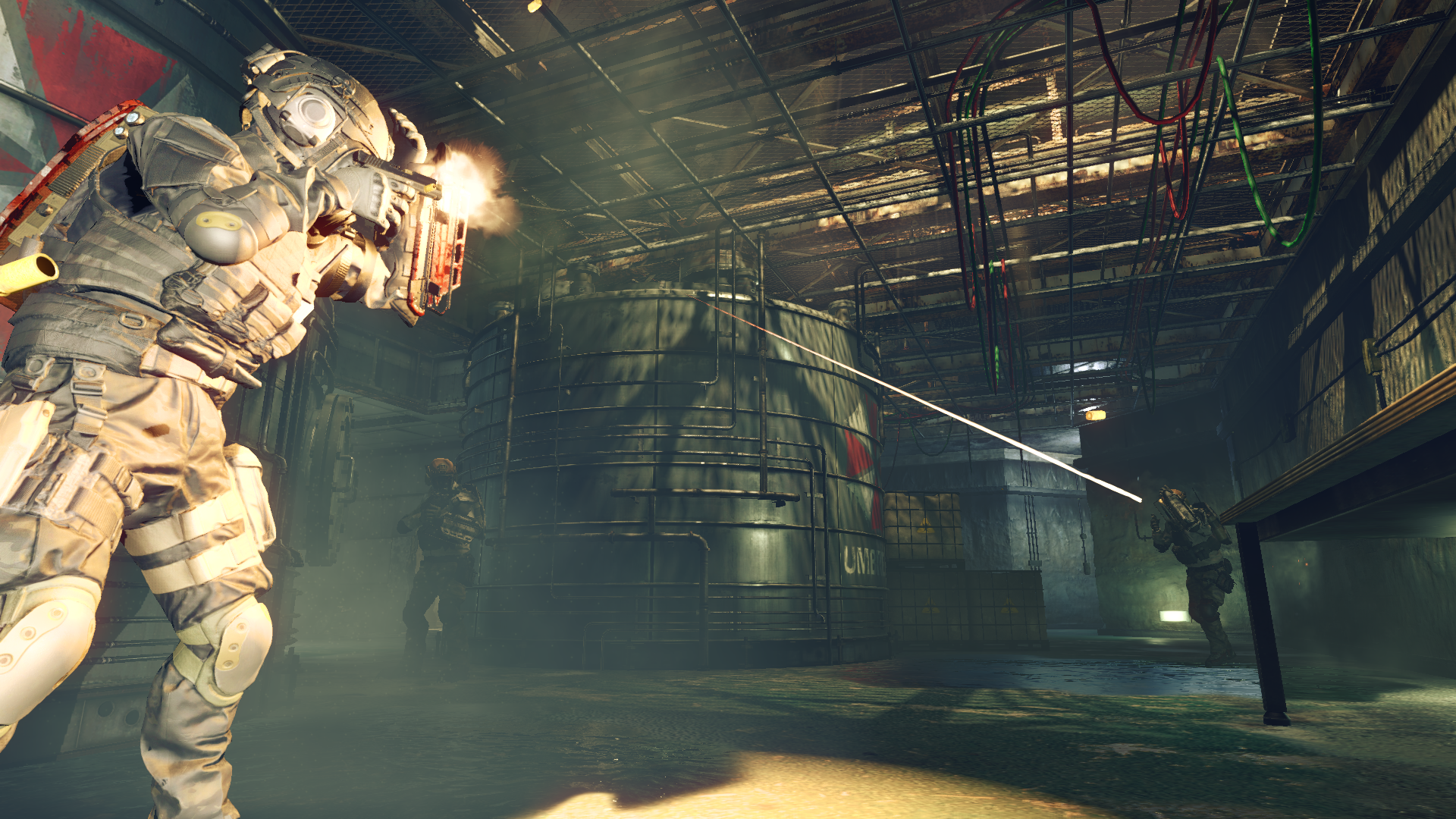
Resident Evil 6 marked a low point for the mainline series. Credit: Capcom
2016 was a challenging year for Capcom. The release of Umbrella Corps, an online co-op shooter, was met with harsh criticism from both reviewers and fans. At the same time, Street Fighter 5 left longtime fans puzzled and disappointed with its lackluster execution. Even Dead Rising 4, which brought back the beloved character Frank West, failed to resonate, marking the end of new entries in the series.
This period represented the nadir of a difficult decade for Capcom. Since 2010, the mainline Resident Evil games saw declining critical acclaim despite strong sales. Street Fighter struggled to regain its footing, and other key franchises like Devil May Cry were noticeably absent. Meanwhile, Monster Hunter, Capcom's most successful franchise at the time, was a massive hit in Japan but struggled to gain traction internationally.
"Many of us started feeling that what the fans and players wanted from the series was getting a little bit separate from what we were making," a Capcom developer noted. This sentiment starkly contrasts with Capcom's current status as a studio that has consistently delivered hit after hit since 2017. Titles like Monster Hunter World, Devil May Cry 5, Street Fighter 6, and a series of highly acclaimed remakes have solidified Capcom's position as a leader in the gaming industry.
Achieving this success required more than just learning from past mistakes. Capcom had to completely overhaul its strategy, from targeting a broader player base to leveraging new technology. To understand this transformation, IGN spoke with four leading creatives at Capcom, who shared insights on how the company navigated its challenges and emerged stronger.
Capcom was founded in 1979 as a manufacturer of electronic game machines, known as "capsule computers." The company rose to prominence in the 80s and 90s with iconic 2D games like Street Fighter and Mega Man, before successfully transitioning to 3D with titles like Resident Evil. Between 2000 and 2010, Capcom successfully modernized its classic franchises, culminating in the creation of one of the greatest games of all time: Resident Evil 4.
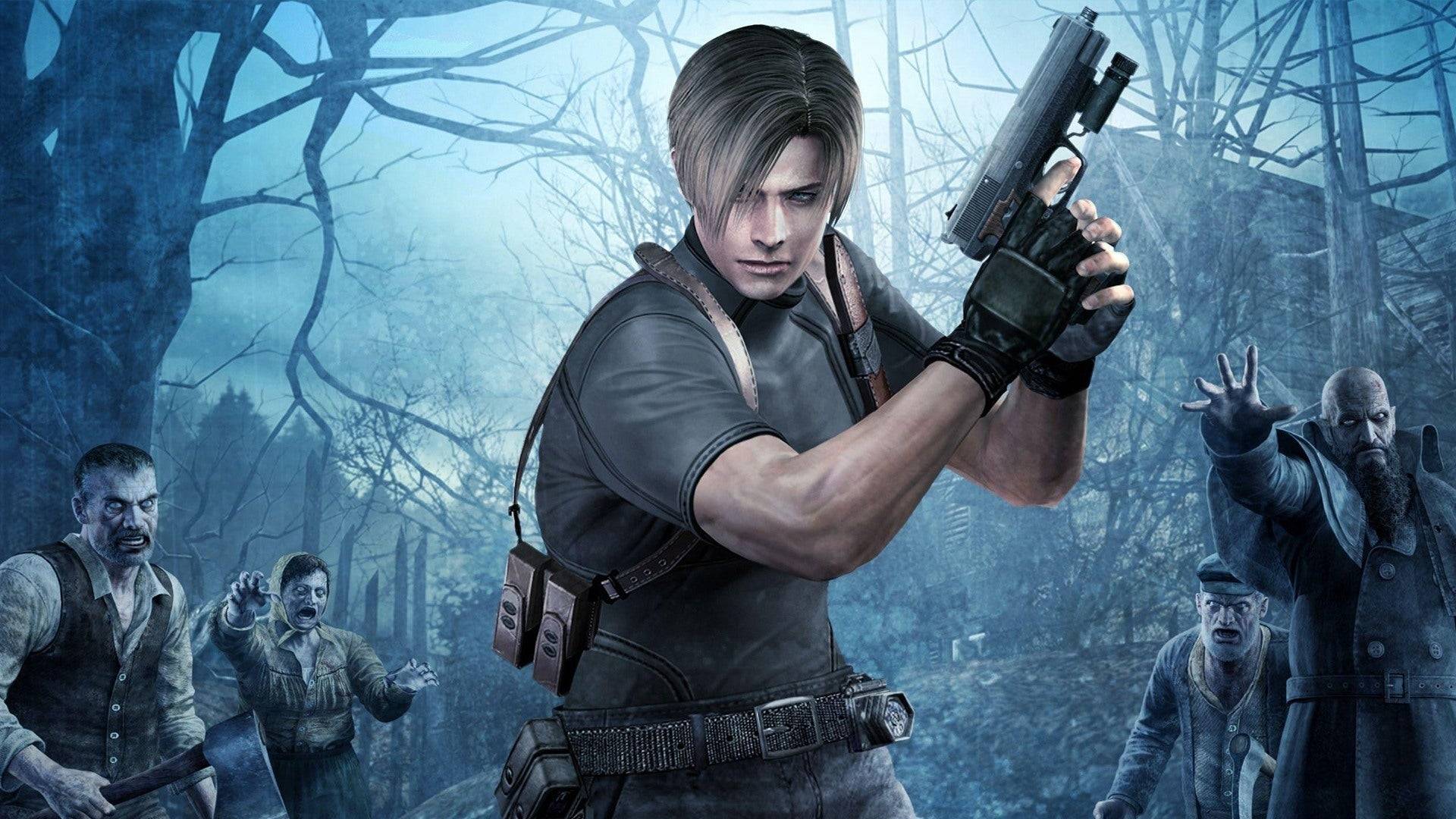
The GOAT Resident Evil game? Credit: Capcom
Released in 2005, Resident Evil 4 is widely regarded as a landmark title due to its perfect blend of horror and action. However, this balance was lost in subsequent games. Resident Evil 5 featured action-heavy sequences, such as Chris Redfield punching a boulder, which strayed far from the series' horror roots. This shift was evident to both players and developers like Resident Evil 4 remake director Yasuhiro Ampo, who has been working on the series since 1996.
"Overall throughout the Resident Evil series, we set up different goals, challenges, and things we want to try with each game… But this time, many of us started feeling that what the fans and players wanted from the series was getting a little bit separate from what we were making," Ampo explained.
This confusion led to Resident Evil 6 in 2012, which attempted to cater to both action and horror fans by offering multiple playable characters and storylines. Unfortunately, this approach failed to satisfy either group, leaving fans disappointed and developers searching for new directions through spinoffs and online co-op ventures.
The struggles were not limited to Resident Evil. Following the success of Street Fighter 4, Capcom's next attempt, Street Fighter 5, was criticized for its lack of single-player content and poor online functionality. The game's release felt rushed and unpolished, leading to widespread frustration among fans.
Other key franchises faced similar challenges. Devil May Cry saw diminishing returns, leading Capcom to outsource DmC: Devil May Cry to Ninja Theory in 2013. While it developed a cult following, the game's changes and technical issues were met with backlash, causing the series to go on hiatus. Capcom's attempts to appeal to Western markets with titles like Lost Planet and Asura's Wrath also fell flat, though Dragon's Dogma was a notable exception.
It was clear that Capcom needed to make significant changes.
Street Fighter 5, The Lost Cause
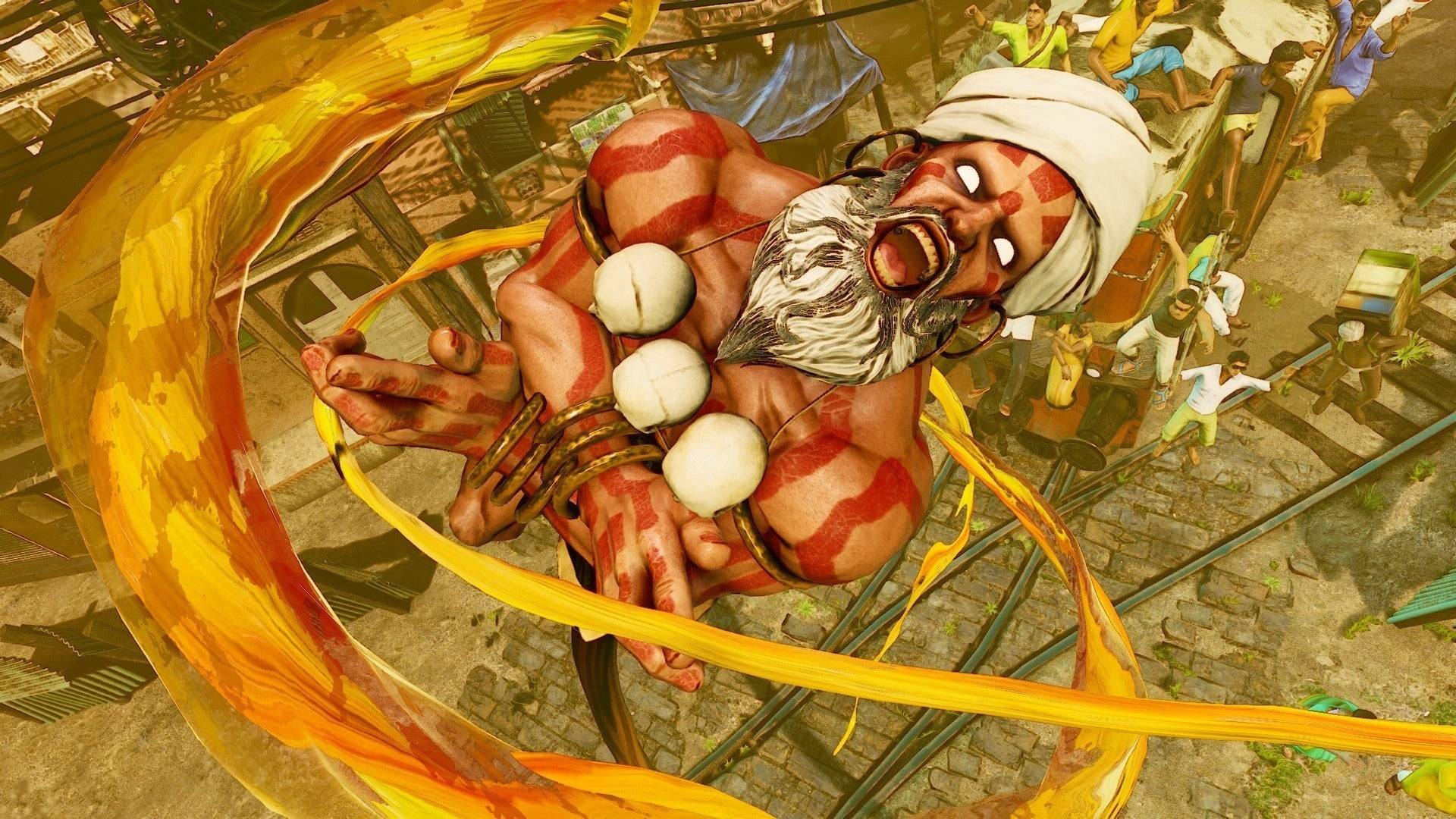
Street Fighter 5 was a letdown. Credit: Capcom
By the mid-2010s, Capcom began implementing changes that would transform its fortunes. The first step was to address the immediate issues with Street Fighter 5. Director Takayuki Nakayama and producer Shuhei Matsumoto were tasked with steering the game towards stability.
"There definitely were some challenges within the production of the game, and that was part of the reason why I was brought into the team," Nakayama admitted. "And because we were at a point in development where we couldn't really make any major pivots or shifts, we had to proceed and move forward in the direction we were currently in, which created constraints on what we could and couldn't do."

Street Fighter 5 would be improved into Street Fighter 5: Arcade Edition. Credit: Capcom
These constraints limited the scope of their work, leading Nakayama to focus on fixing the most pressing issues while biding time for Street Fighter 6. "We just didn't really have enough time to address some of the problems and challenges we faced in Street Fighter 5," Nakayama said. "And so, with our hands tied behind our backs, we basically had to wait for those ideas to be brought back for the initial conceptual phases for Street Fighter 6, so we could tackle and do things properly for the next title."
Matsumoto emphasized that abandoning Street Fighter 5 was not an option. "There wasn't any sort of sense of like, 'Okay let's just end Street Fighter 5 and focus on Street Fighter 6.' It was more like, while we were working on Street Fighter 5, we were trying to figure out what we really wanted to do in Street Fighter 6 content-wise," he explained.
The team used Street Fighter 5 as a testing ground to learn from their mistakes and refine their approach for the sequel. This included numerous updates, from improving netcode and character balance to introducing new characters, V-Triggers, and defensive mechanics like V-Shift.
The overarching goal was to make fighting games fun again. Matsumoto noted, "We both realized that fighting games are fun, and when you get used to them, it becomes more enjoyable and something you can essentially play forever as long as you have an opponent to play against. However, one of the challenges that we faced with Street Fighter 5 is that we felt that there wasn't a clear pathway that helped guide players to get to that level where they finally feel like they're having fun and will want to continue playing."
While Street Fighter 5 initially tried to be more approachable by lowering the difficulty, this alienated veteran players. Street Fighter 6 aimed to balance accessibility for new players with the depth and complexity that seasoned fans enjoyed. By using Street Fighter 5 as a learning experience, Capcom was able to launch Street Fighter 6 in 2023 as one of the most critically acclaimed titles in the franchise.
Matsumoto and Nakayama's work on Street Fighter 5: Arcade Edition informed the development of Street Fighter 6, but Capcom knew it needed to prevent similar issues from arising in future projects. This required a significant shift in strategy and the adoption of new technologies.
Monster Hunter Took Over The World
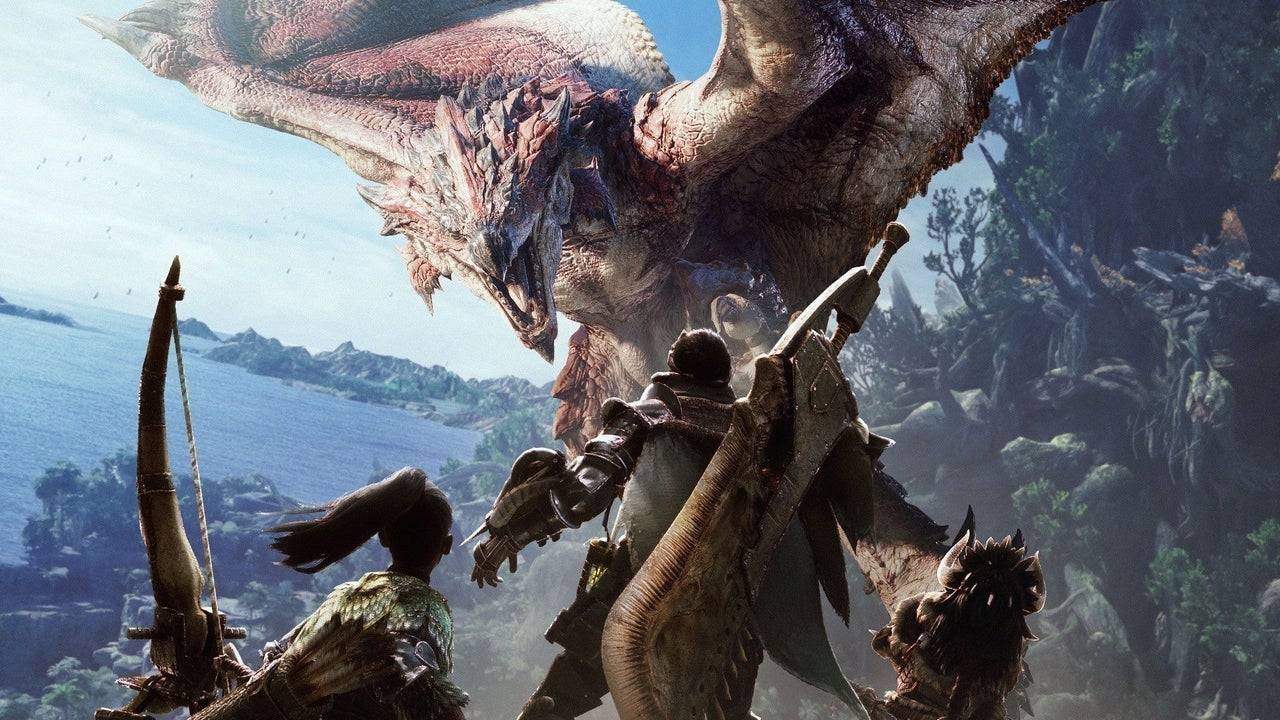
The start of the Monster Hunter revolution. Credit: Capcom
Around the time of Street Fighter 5's launch in 2016, Capcom underwent an internal reorganization to prepare for a new generation of games powered by the RE Engine, which replaced the aging MT Framework. This change was not just about technology; it also included a new mandate to create games for a global audience.
"It was a few factors that came together," said Hideaki Itsuno, a former game director at Capcom known for his work on Devil May Cry. "The change of the engine and also all teams were given a very clear goal at that point to make games that reach the global market. [Games] that are fun for everyone."
During the PS3 and Xbox 360 era, Capcom had focused on capturing the Western market with action-heavy games like Resident Evil 4 and Lost Planet. However, this approach did not yield the desired results. Capcom realized it needed to create games that appealed to a broader audience, not just fans of specific genres.
"I think that we had that clear goal of just focusing and not holding anything back towards making good games that would reach people from all over the world," Itsuno added.
This shift in strategy was pivotal leading up to 2017, culminating in the release of Resident Evil 7, which marked the beginning of Capcom's renaissance. No series better embodies this new global focus than Monster Hunter. While the series had a dedicated following in the West, it was much more popular in Japan due to its early success on handheld consoles like the PSP.
"20 years ago in Japan, having a network connection wasn't as easy, and there weren't a huge amount of people playing Monster Hunter online. However, handheld consoles made multiplayer gameplay easy without internet access, and I regard it as a great success that we had players experience the game in this way, which was one of the ways we really wished for them to play and enjoy it, even in that era when online gameplay wasn't easy," said Ryozo Tsujimoto, executive producer of the Monster Hunter series.
The handheld market in Japan facilitated Monster Hunter's growth, but this focus also limited its global appeal. The series became synonymous with Japan, with exclusive content and events further reinforcing this perception. However, as internet infrastructure improved globally, Tsujimoto and his team saw an opportunity to expand Monster Hunter's reach.
In 2018, Monster Hunter: World was released on PlayStation 4, Xbox One, and PC, marking a significant departure from the series' handheld roots. This game was designed to appeal to a global audience, with simultaneous worldwide releases and no region-specific exclusives.
"Our approach to the globalization of the series and Monster Hunter in general really ties into not only the themes that we had going into designing the game, but also in the name of the game," Tsujimoto revealed. "The fact that we called it Monster Hunter: World is really kind of a nod to the fact that we wanted to appeal to this worldwide audience that we wanted to really dig into and experience Monster Hunter for the first time."
To ensure Monster Hunter: World resonated globally, Capcom conducted focus tests worldwide, using feedback to refine game systems and enhance player engagement. One notable change was the inclusion of damage numbers, which helped make the game more accessible to new players. This approach paid off, with Monster Hunter: World and its 2022 follow-up, Monster Hunter Rise, both selling over 20 million copies.
"At its heart, Monster Hunter really is an action game, and that sense of accomplishment you get from really mastering that action is an important aspect of Monster Hunter," Tsujimoto explained. "But for newer players, it's really about getting to that point. The steps involved in getting to that sense of accomplishment is what we're trying to strategize for, in terms of designing for new players. So with World and Rise, for example, we were taking great care to analyze where players got stuck, what was hard to understand, what they were having trouble with, getting player feedback, and also doing our own kind of research into that. And all of that kind of knowledge has impacted how we've implemented new systems into Wilds."
Resident Evil 7 Began Turning Things Around

Welcome to the family. Credit: Capcom
While Monster Hunter had a winning formula, Capcom needed to find a way to make it resonate globally. This was not as straightforward for every series, particularly Resident Evil. The development team faced a crucial decision: should the series focus on gory action or return to its survival horror roots? Jun Takeuchi, executive producer of Resident Evil, made the call to return to the series' origins.
"It was around the time I was working on Resident Evil Revelations 1 and 2. I was trying to test different things, try different approaches," recalled Yasuhiro Ampo, director of Resident Evil 2 and 4 remakes. "And around this time is when the R&D teams were divided into R&D division one and two. The executive producer of the Resident Evil series, Jun Takeuchi, took command of R&D division one, and he set the core direction that the Resident Evil series needed to go back to its origins, to its roots."
Takeuchi's decision to focus on survival horror proved successful. Resident Evil 7 was announced at PlayStation's E3 2016 conference with a first-person perspective trailer that reignited excitement for the series. "We cannot underestimate how critical it is for the series for it to be scary," Ampo stated, highlighting the importance of returning to the series' horror roots.
The shift to first-person in Resident Evil 7 brought back the fear factor that had been missing from recent entries. Set in a claustrophobic, southern gothic environment, the game was hailed as one of the scariest in the series. While the first-person perspective was a departure from the series' traditional over-the-shoulder view, it allowed Capcom to explore new ways to deliver horror.
Capcom did not abandon the third-person perspective entirely. The company planned to release third-person games through remakes, starting with Resident Evil 2. The success of fan projects signaled a demand for these remakes, prompting producer Yoshiaki Hirabayashi to declare, "Well, we'll do it."
The Resident Evil 2 remake was a resounding success, blending horror with action and puzzles while introducing the menacing Mr. X, who relentlessly stalked players through the Raccoon City police station. Under Ampo's direction, it became the second best-selling Resident Evil game in the franchise's history.
Following the success of Resident Evil 2, Capcom remade Resident Evil 3. However, the idea of remaking Resident Evil 4 was met with hesitation due to the game's enduring popularity. "As you mentioned, [Resident Evil 4] was still a title that enjoyed some popularity. So there was a lot of internal discussion on how maybe it's not a good idea. Maybe we don't need a remake for Resident Evil 4, especially because Resident Evil 4 is a game that is so beloved. If we get anything wrong with the remake, people might be quite vocal about their discomfort," Ampo explained.
Despite these concerns, Capcom proceeded with the Resident Evil 4 remake, which was a critical and commercial success. The remake fine-tuned the balance between action and horror, removing campier elements and introducing a moodier, darker tone while retaining the game's thrilling action sequences.
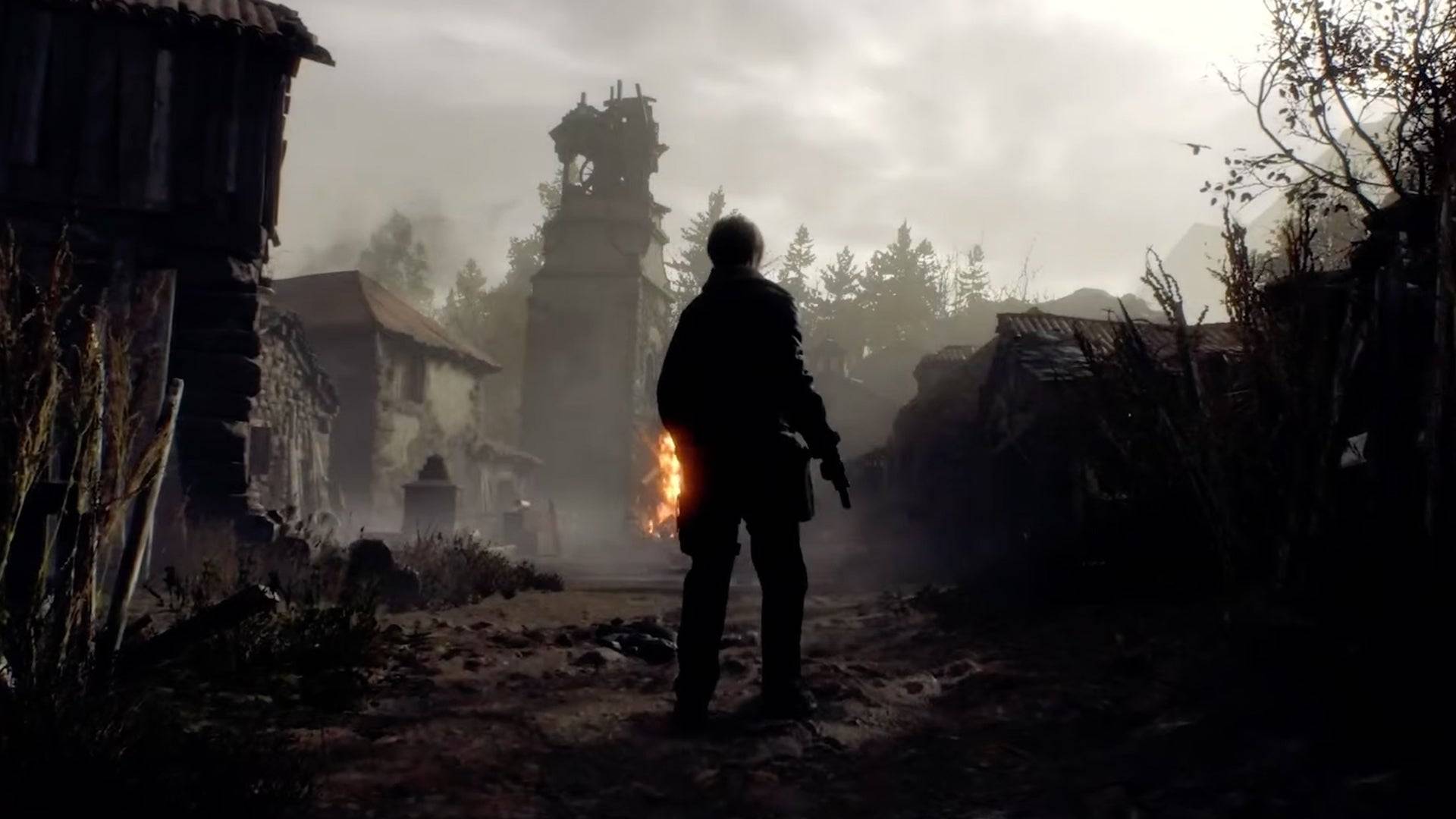
Horror reborn. Credit: Capcom
Simultaneously, Hideaki Itsuno, the longtime director of Devil May Cry, returned to the series with a renewed vision. After experimenting with RPGs like Dragon's Dogma, Itsuno aimed to challenge the action genre, which he felt had become too lenient. With the RE Engine at his disposal, Itsuno set out to create the "coolest" action game possible.
The Reason Behind The Change
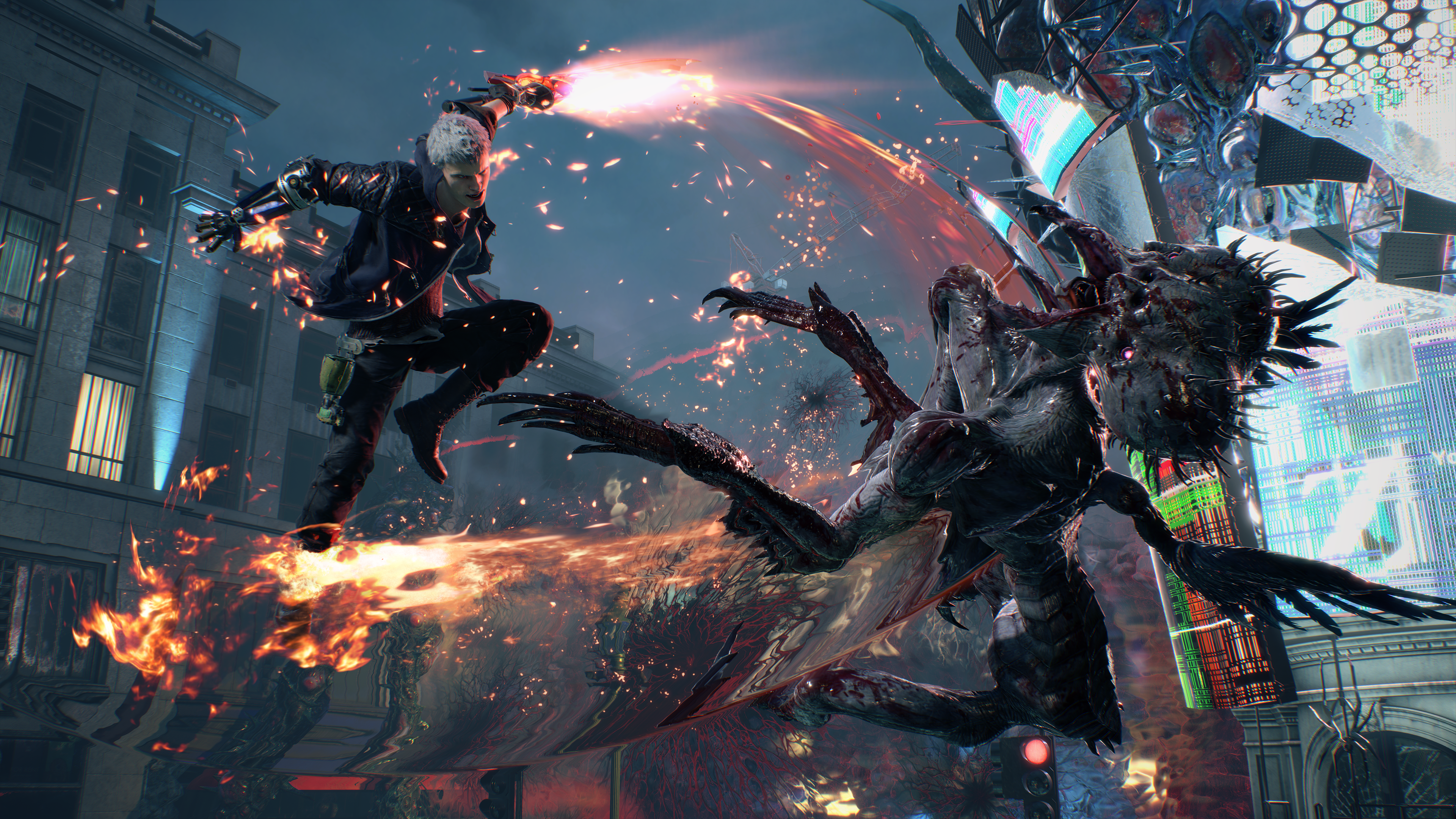
The goal? Make the coolest game ever. Credit: Capcom
"I felt like the main trend with action games was to make action games that were very kind," Itsuno admitted. "Maybe, for me, a little bit too kind to the players, lending a hand to the player too much to my liking."
Itsuno directed every Devil May Cry game since the second installment, except for DmC, which was developed by Ninja Theory. Following Devil May Cry 4 in 2008, it took nearly 11 years before Itsuno returned to the series with Devil May Cry 5. This hiatus allowed him to refine his vision and leverage the new RE Engine.
"Technology-wise, there were not just little improvements that you would have when you work on a series consecutively," Itsuno said. "When there's a wide timeframe, [the technology] changes significantly."
The RE Engine, which powers most of Capcom's current games, replaced the MT Framework and offered superior handling of photorealistic assets. It was also more agile, allowing for quicker implementation of changes. "So the original concept for the RE Engine was to allow for a development environment that was less stressful and could help us to make things quicker. Because it's an internally developed engine, when we needed any additional tools, well, we could ask for them internally. They could be fixed somewhat quickly, internally, and also iterated on," Ampo explained.
This flexibility enabled Capcom's developers to experiment and refine their games in real-time, which was crucial for Itsuno's goal of creating the coolest action game. "Devil May Cry is a franchise that stands on being cool," Itsuno said. "That's what the franchise is, it's about being cool. Ever since I took over the series from Devil May Cry 3, I put everything that I, as a person, I considered throughout my life to be cool. Anything I've seen on TV, in movies, and comics I've read, any sport experiences I've had, I try to distill everything that I think is cool into what the game is."
A New Capcom Golden Age
Since 2017, Capcom has released a game of the year contender almost annually. In an industry where consistency is rare, Capcom's streak of 10 critically acclaimed games in less than a decade is remarkable. This trend shows no signs of slowing down with Monster Hunter Wilds on the horizon.
By focusing on creating globally appealing games with the technologically advanced RE Engine, Capcom has achieved unprecedented success. The company seamlessly transitions between genres, from focused fighting games to intense survival horror to expansive open-world action RPGs, without losing its stride.
"Capcom is going through a golden era, and, well, now we have to do everything we can so that this lasts one more year, one more year, and every year, one more year," said Tsujimoto, expressing a commitment to maintaining this momentum.
Capcom's mission to create global, mainstream games has not diluted its core identity. Instead, it has found a perfect balance, keeping its games true to their essence while expanding their reach to millions of new players. As other studios struggle with identity and trend-chasing, Capcom's strategic shift over the past decade has ushered in a new golden age that continues to thrive.
When asked about this new golden age, Capcom's directors expressed optimism and excitement. "It's a very exciting time to be at Capcom right now. A lot of us are able to get excited about what we're working on and are able to focus on things that we think are fun. So, yes, I guess a golden age may be one interpretation of that," Nakayama remarked.
Tsujimoto added, "Capcom is going through a golden era, and, well, now we have to do everything we can so that this lasts one more year, one more year, and every year, one more year. Hopefully, we can extend it as long as we can."

 Latest Downloads
Latest Downloads
 Downlaod
Downlaod
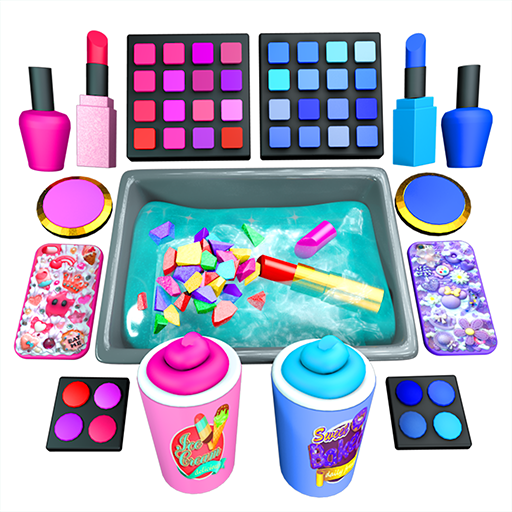
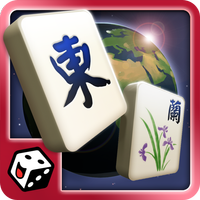


 Top News
Top News